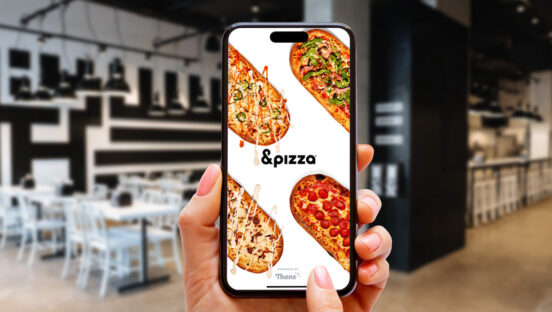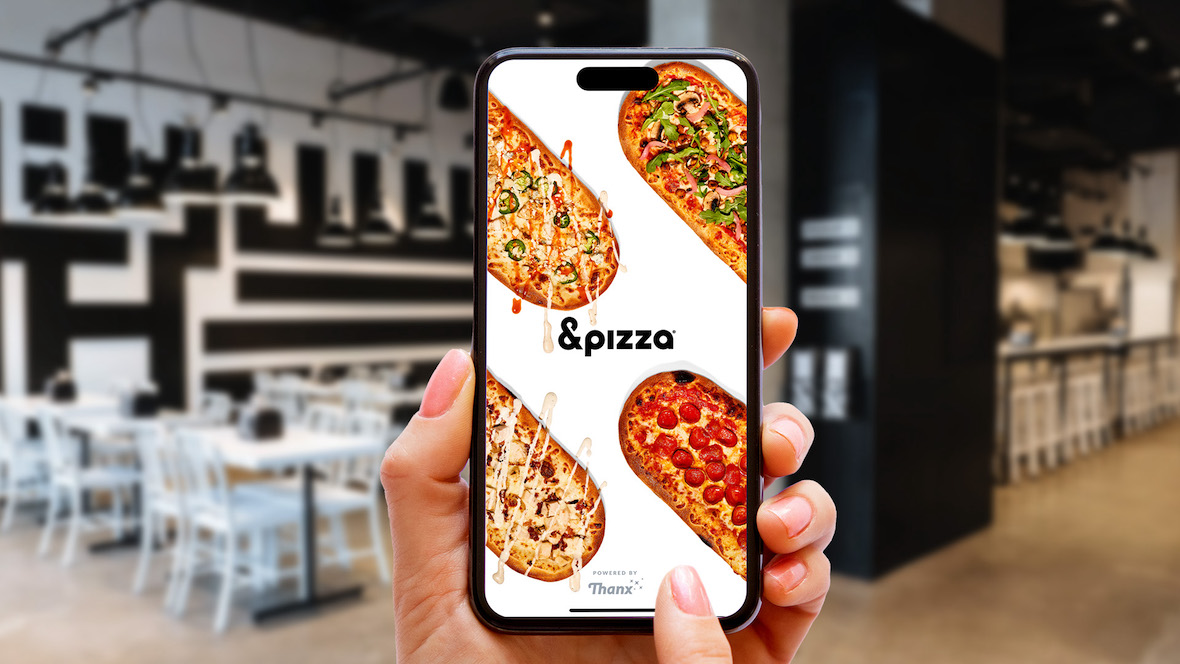By Zach Goldstein
Loyalty programs have become essential for retaining customers and driving repeat business. However, Qu’s 2024 State of Digital survey reports that 80% of surveyed brands, particularly in the pizza sector, find their current loyalty programs ineffective. This raises a crucial question: What are pizza restaurants doing wrong, and how can independent and smaller brands emulate the success of industry giants like Domino’s?
This article explores the pitfalls of current loyalty programs in the pizza industry and proposes strategies for smaller establishments to build and enhance their loyalty programs. It’s important to consider the value of a data-centric loyalty framework with guest experience at the core.
Common Pitfalls in Pizza Loyalty Programs
Unwilling to Spend for Loyalty
Technology remains relatively new for many pizza establishments, and the associated costs can accumulate, especially for businesses operating on thin profit margins. However, when evaluating revenue-driving technology, fixating solely on its cost can lead to shortsighted decisions. Take, for example, loyalty programs integrated with point-of-sale systems. While these programs may initially seem cost-effective, they often result in reduced customer participation and higher discount rates. Over the course of a year or two, any savings achieved by opting for a less robust technology partner can be easily overshadowed by the revenue losses and substantial discounts incurred. Sometimes, it’s essential to look beyond immediate expenses and consider the long-term impact on revenue and customer engagement.
Outdated Loyalty Programs Become Irrelevant
At the beginning stages, most loyalty programs were launched and haven’t changed since. However, as they age, their effectiveness tends to diminish. Consumers now demand relevance. But a rigid, inflexible loyalty program is even more detrimental—it signifies that a brand is disregarding valuable data and hesitating to innovate. Not all marketing campaigns yield success; they are essentially informed bets aimed at understanding customers and identifying what works. In this game of hypothesis-driven marketing, the key is to guess better and test faster. Adapting to change and staying agile is crucial in the ever-evolving landscape of restaurants and customer expectations.
Failing to Personally Connect
Loyalty is all about forging connections and maximizing customer lifetime value. While rewards play a crucial role, they are just one piece of the puzzle. To enhance loyalty, restaurants should consider factors like convenience, exclusivity and personalization. Allowing consumers to select rewards from a dynamic range of options takes it a step further. Ultimately, those customers who actively adapt their behavior—trying new items, visiting during different times, bringing friends—should receive a disproportionately larger share of rewards. Encourage them to go above and beyond, and don’t hesitate to acknowledge their efforts.
Learning from Domino’s Success
Domino’s, a pizza industry giant, recently experienced immense success by adding 3 million new members to their Rewards program. Their innovative approach involved an “Emergency Pizza” giveaway, enticing customers to sign up for the rewards program to receive a free pizza. While not all independent and smaller brands can afford such grand gestures, they can certainly draw inspiration from Domino’s strategy to create their own unique approaches.
Strategies for Building Loyalty Programs in Smaller Pizza Brands
Offer Personalized and Sneak Peak Experiences to Elite Members
Treat your most loyal customers to exclusive previews, early access to promotions and personalized rewards, making them feel genuinely special and valued. Boost in-store visits by creating hidden menus accessible only to on-site customers, such as a “secret veggie pizza menu” to intrigue curious diners. Engage your devoted patrons in menu pilots, allowing them to test and provide feedback on new items, shaping decisions for the main menu. Harness customer data to deliver interactive and personalized experiences, tailoring promotions and rewards based on individual preferences.
One great example of this is Washington D.C.-based &pizza’s loyalty program, Dead Presidents Club, which utilizes a tiered system with three distinct statuses: Washington (bronze), Lincoln (silver) and Benjamin (gold). The Benjamin tier offers a “Birthday Party” package that includes 10 drinks and 10 pizzas, along with a monthly free pizza and exclusive VIP Benjamin t-shirt. Lincoln tier members can enjoy a “Birthday Dinner” with two drinks and two pizzas, along with monthly BOGO pizzas, and a VIP Lincoln t-shirt. As an introductory reward, loyalty members receive a free pie and a complimentary birthday pie no matter the tier. A well-crafted loyalty program has the power to transform occasional pizza lovers into dedicated fans.
Host Fun Initiatives or Events for Loyalty Members
To elevate the experience for your loyal patrons, consider organizing engaging initiatives and events exclusively tailored to them. Introduce exclusive happy-hour pricing as a special perk for loyalty program members, not only rewarding their dedication but also encouraging repeat visits during off-peak hours. Extend invitations to free tasting events, allowing members to sample new menu items, seasonal specials or unique beverage pairings, fostering a sense of anticipation and community. During restaurant weeks or culinary festivals, invite loyal customers to try curated menus or take part in themed evenings, providing a fantastic opportunity to showcase your offerings and celebrate their loyalty. These initiatives not only deepen loyalty but also inject excitement into the dining experience, ensuring that your cherished guests keep coming back for more.
Provide Clear Communication Channels
To cultivate strong connections with your loyal customers, implement a comprehensive multi-channel communication strategy. Initiate targeted email campaigns for loyalty program members, featuring upcoming promotions, new flavor toppings, exclusive discounts and new rewards while personalizing messages based on individual preferences and behavior. Harness the power of social media platforms like Facebook, Instagram and Twitter to engage customers with sneak peeks, behind-the-scenes content and interactive polls, prompting them to follow for real-time updates. Enhance in-store communication through eye-catching signage, prominently displaying upcoming events, limited-time offers and loyalty program benefits. Actively seek input from program members through surveys, focus groups or an online feedback portal to refine offerings and improve the program based on their insights.
Remember, communication is a two-way street, not just about broadcasting information but building a dialogue. Encourage members to share their thoughts, preferences and experiences, and by listening and responding, you’ll further strengthen their loyalty.
To revitalize loyalty programs in the pizza industry, independent and smaller brands must learn from the successes and failures of their larger counterparts. While not every strategy may be feasible, the key lies in creativity, personalization and effective communication. By implementing targeted sign-up incentives, tiered rewards systems, interactive experiences, cross-promotions and clear communication channels, smaller pizza brands can develop loyalty programs that not only retain existing customers but also attract new ones. The goal is to create a program that stands out in a crowded market, fostering a genuine connection between the brand and its customers.
Zach Goldstein is the founder and CEO of Thanx.














